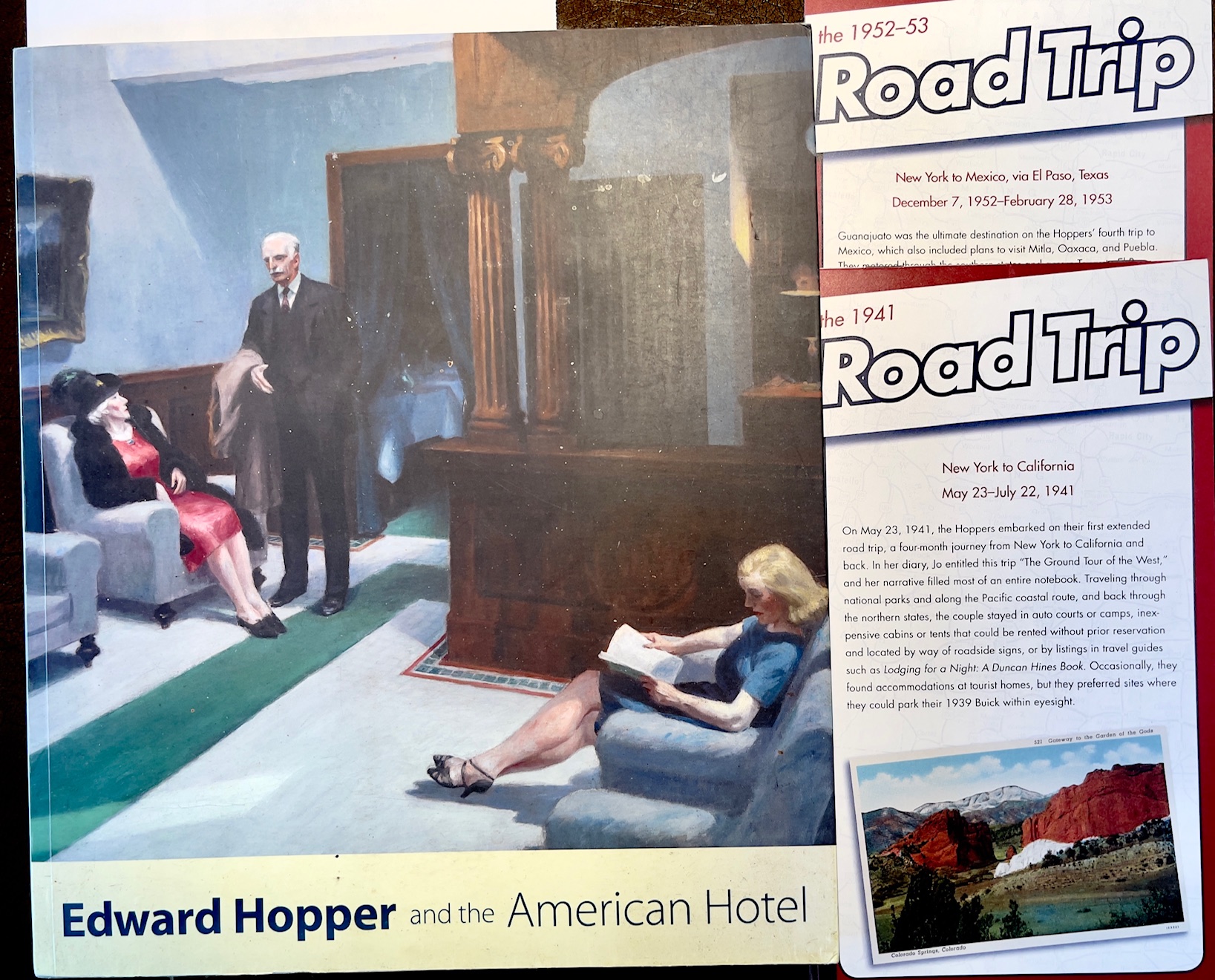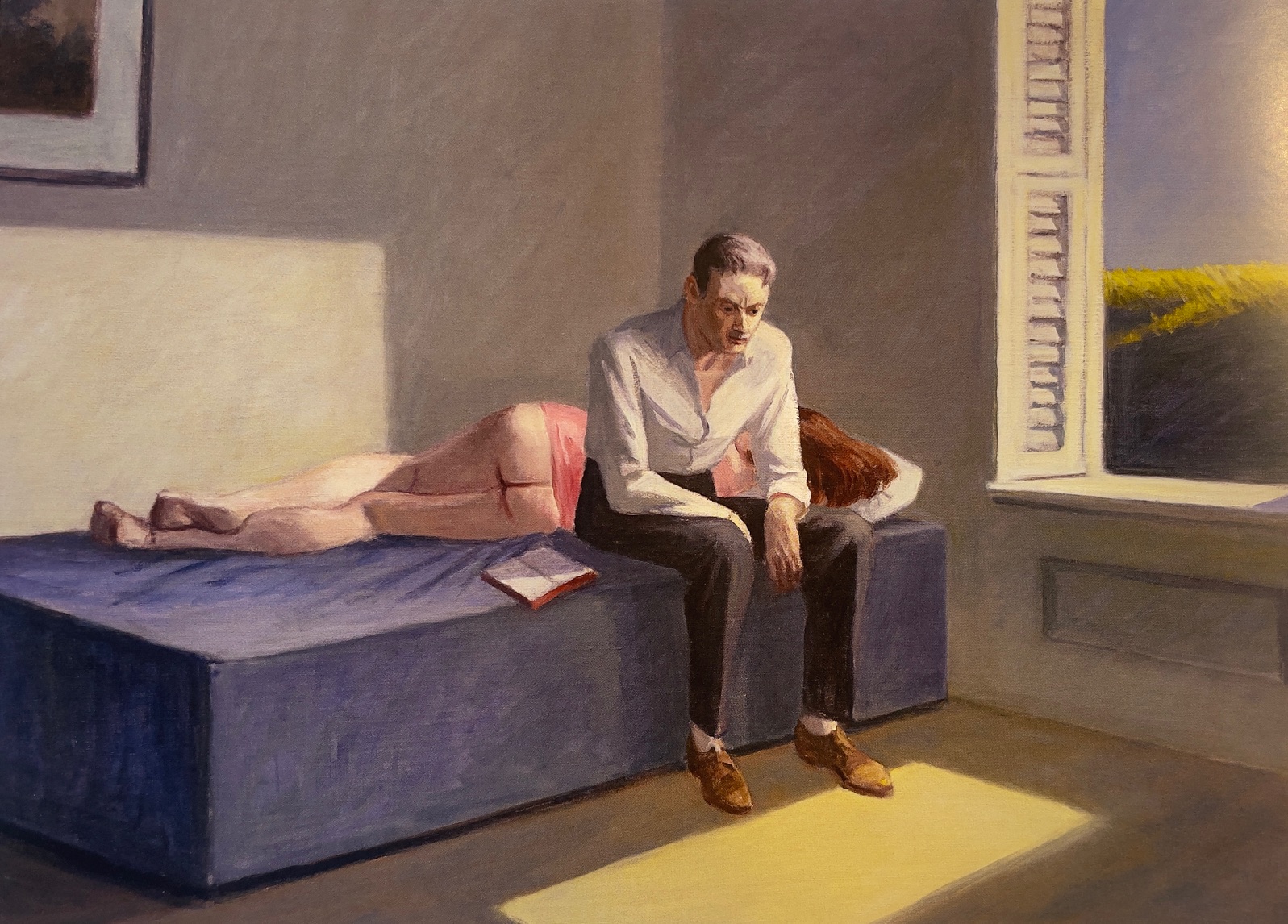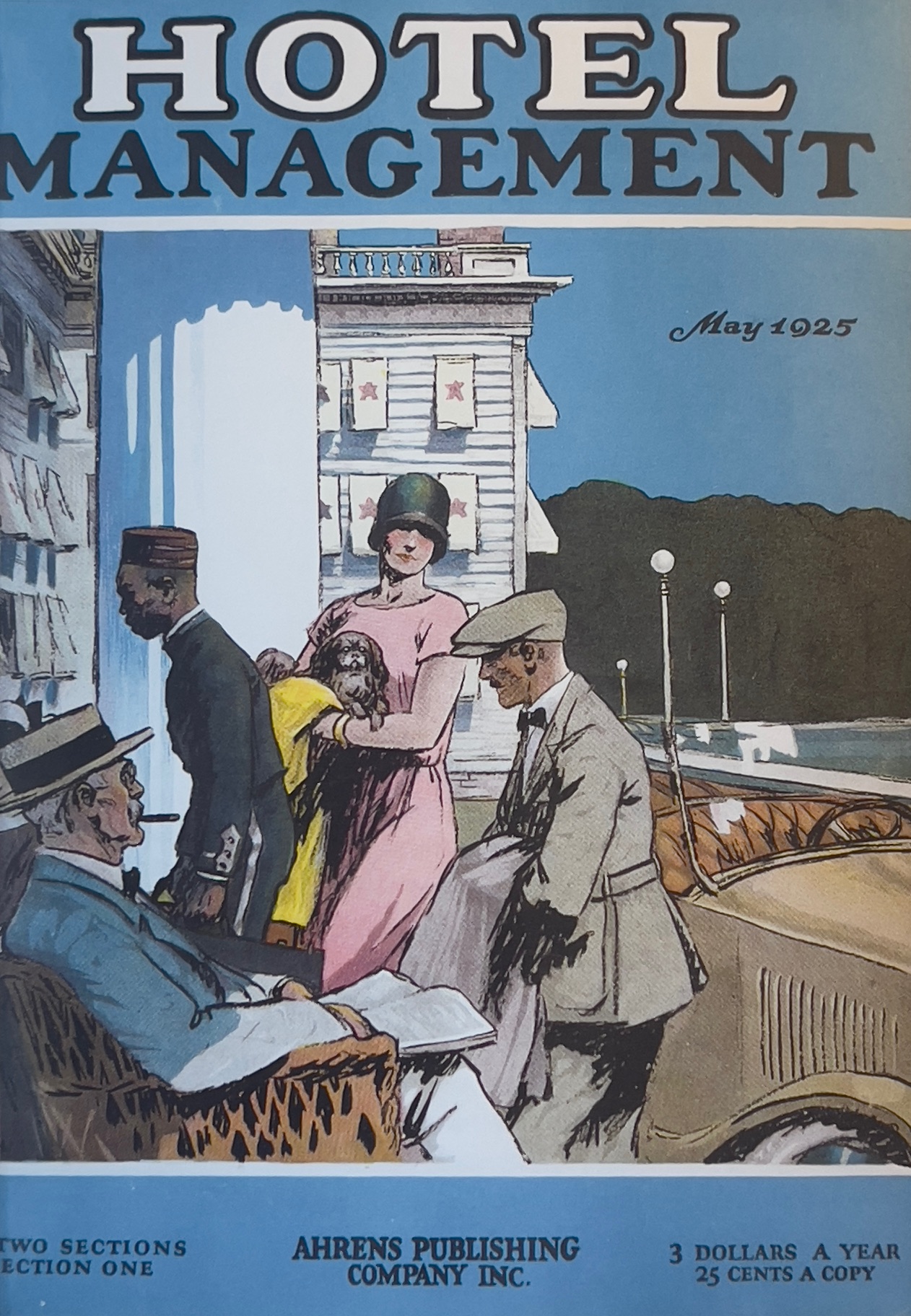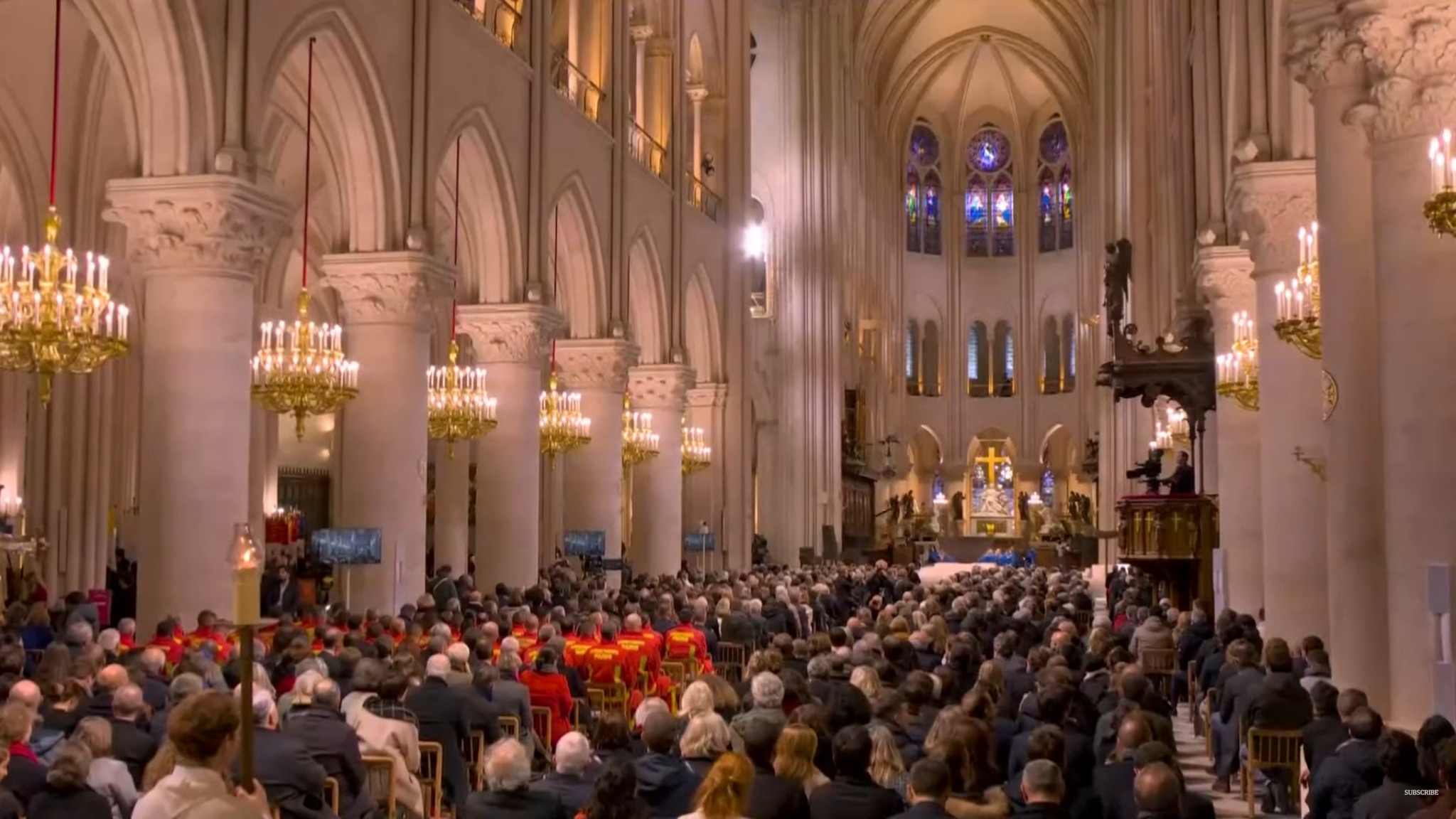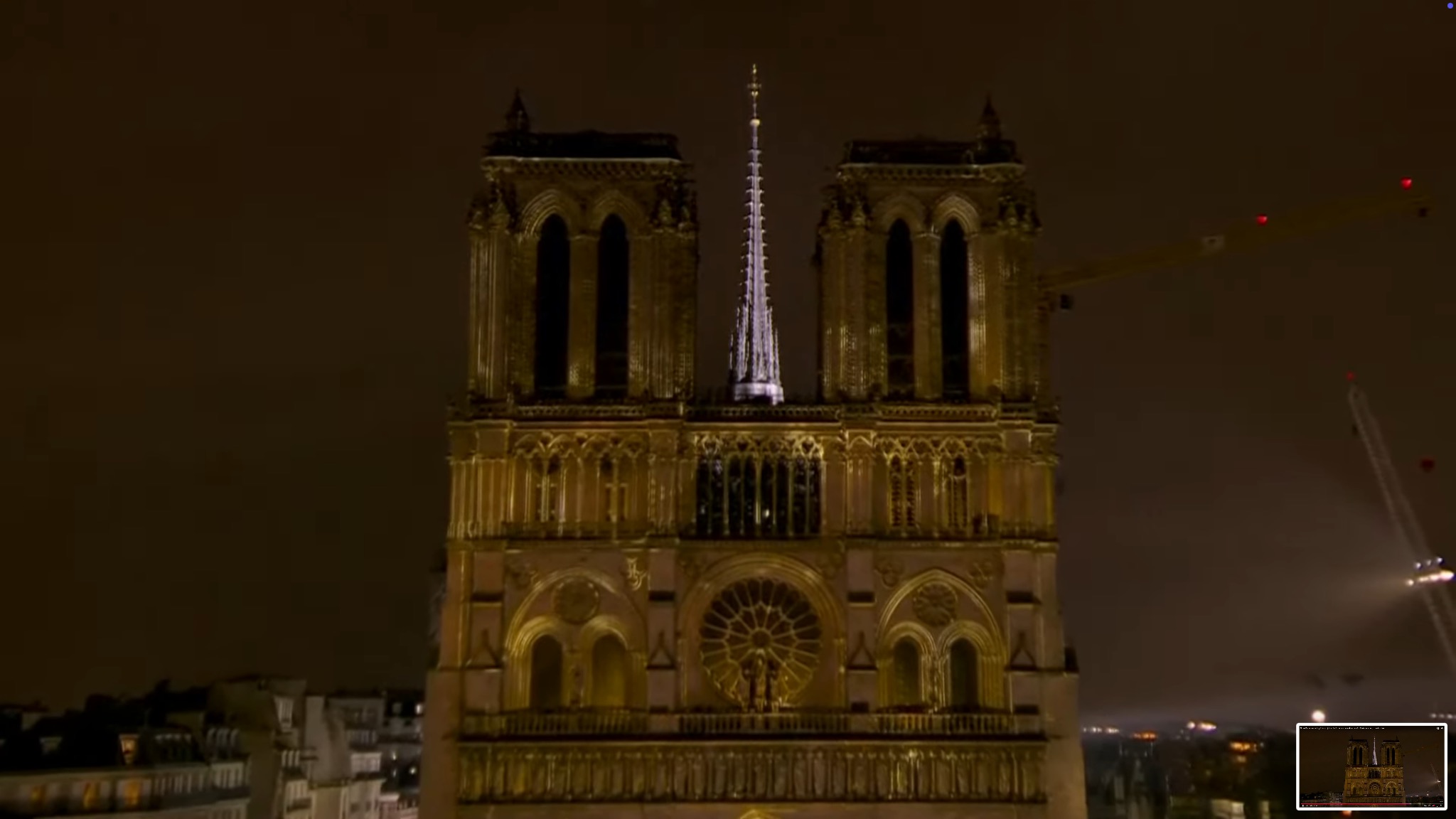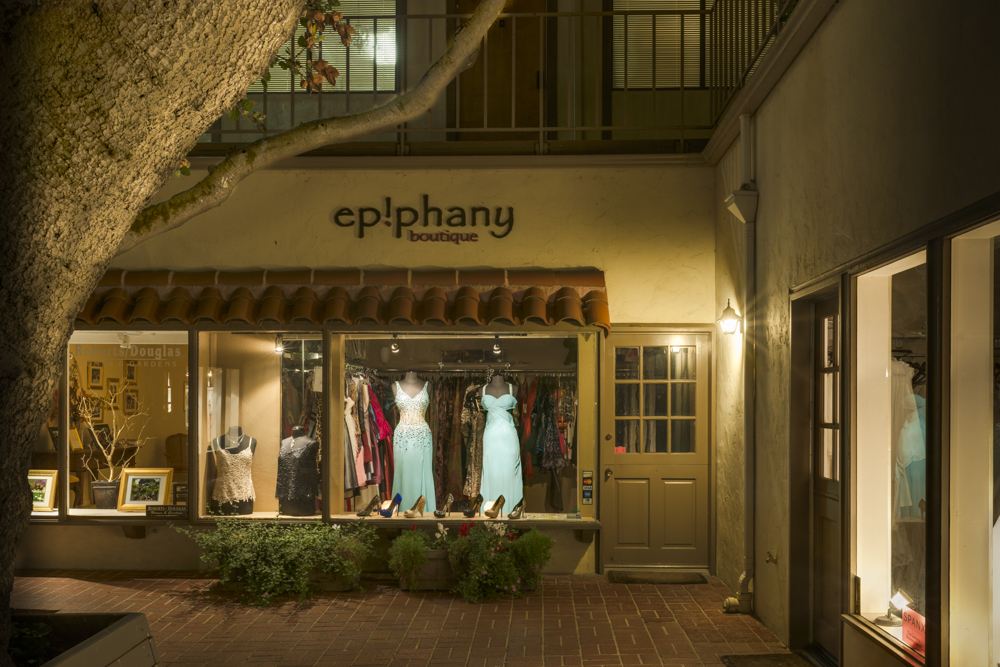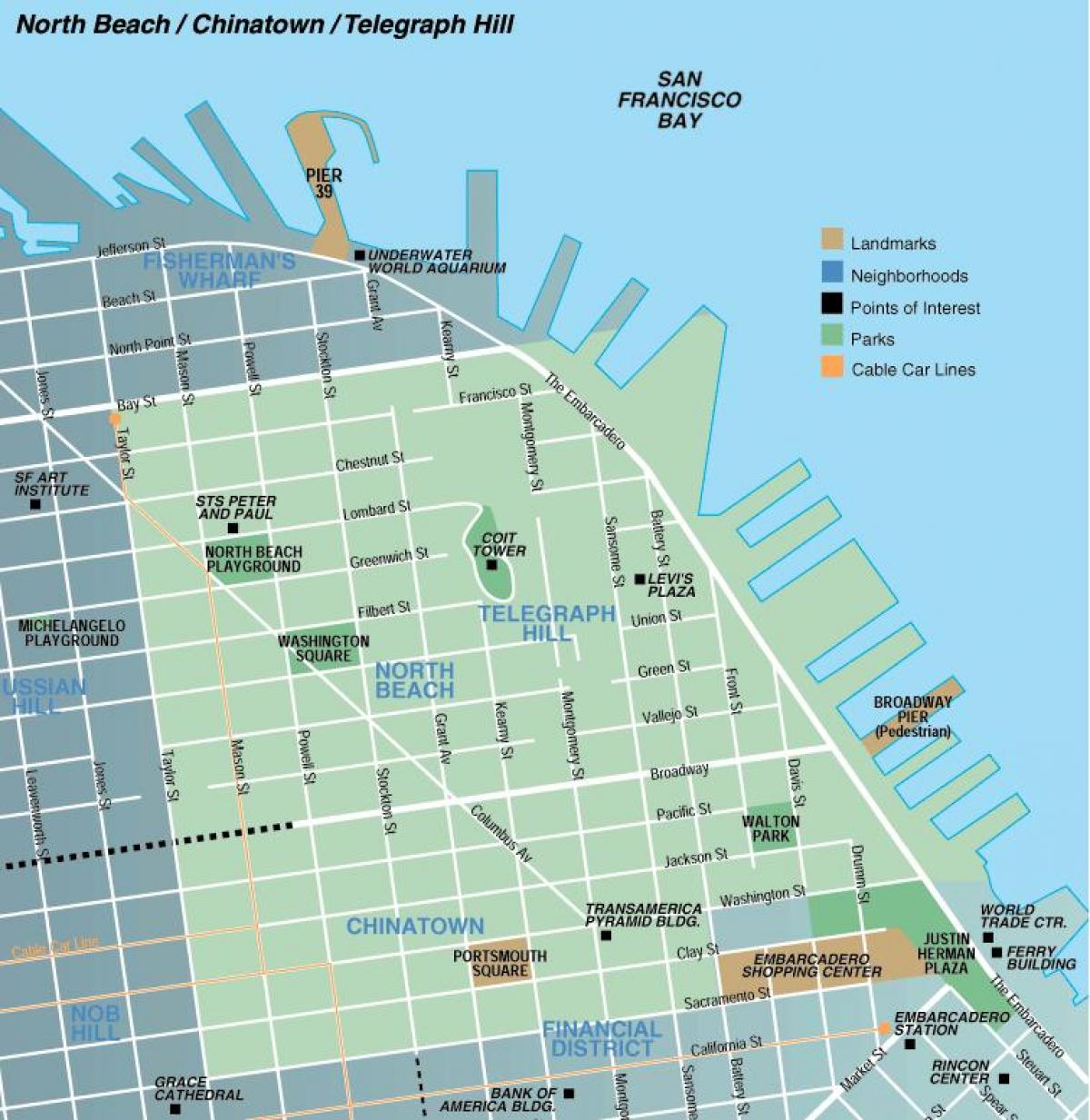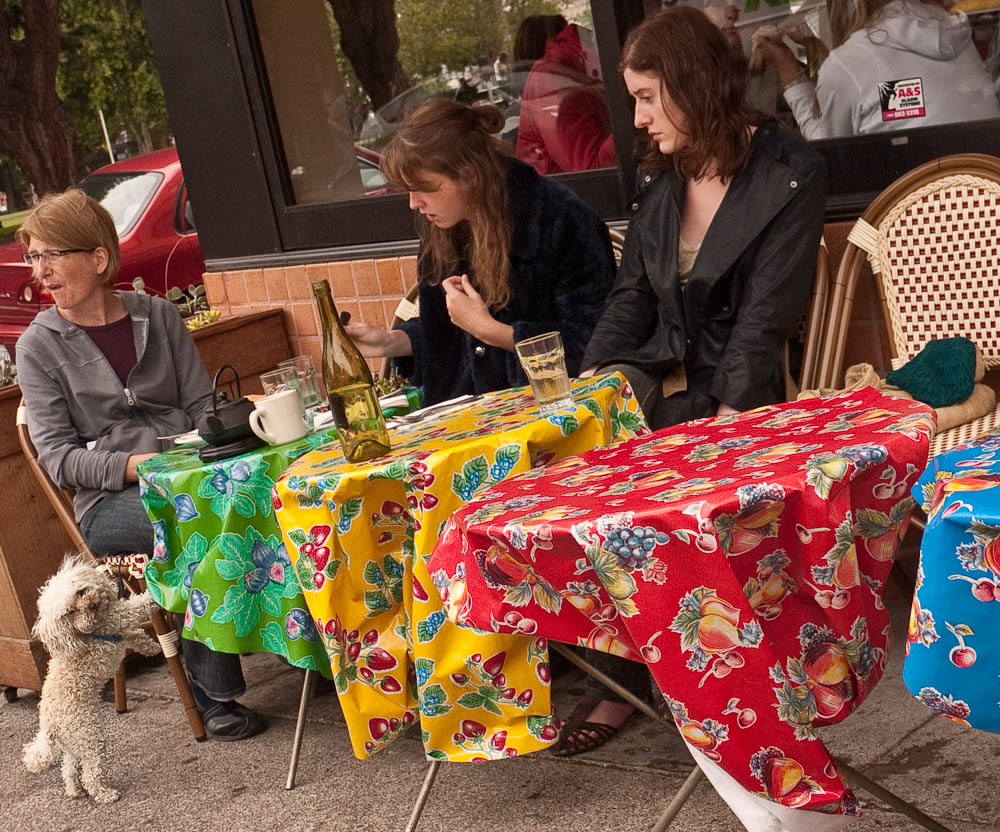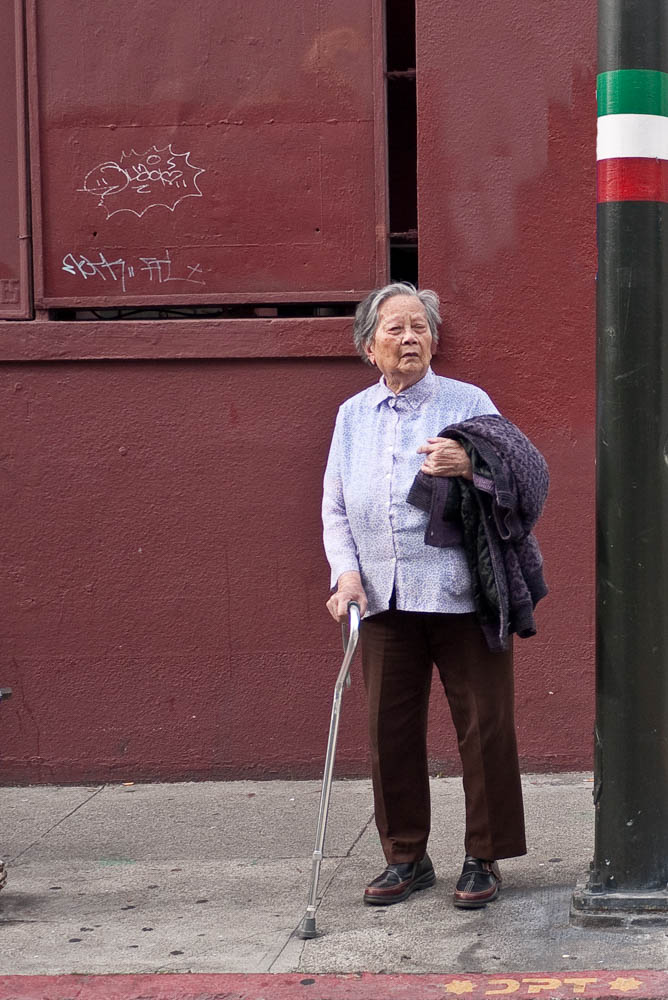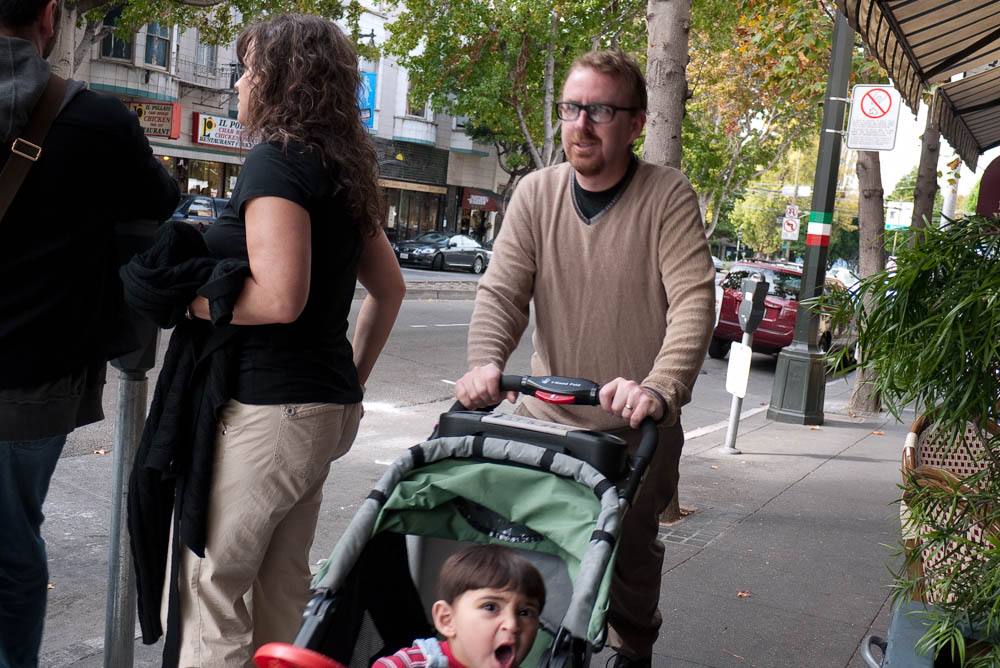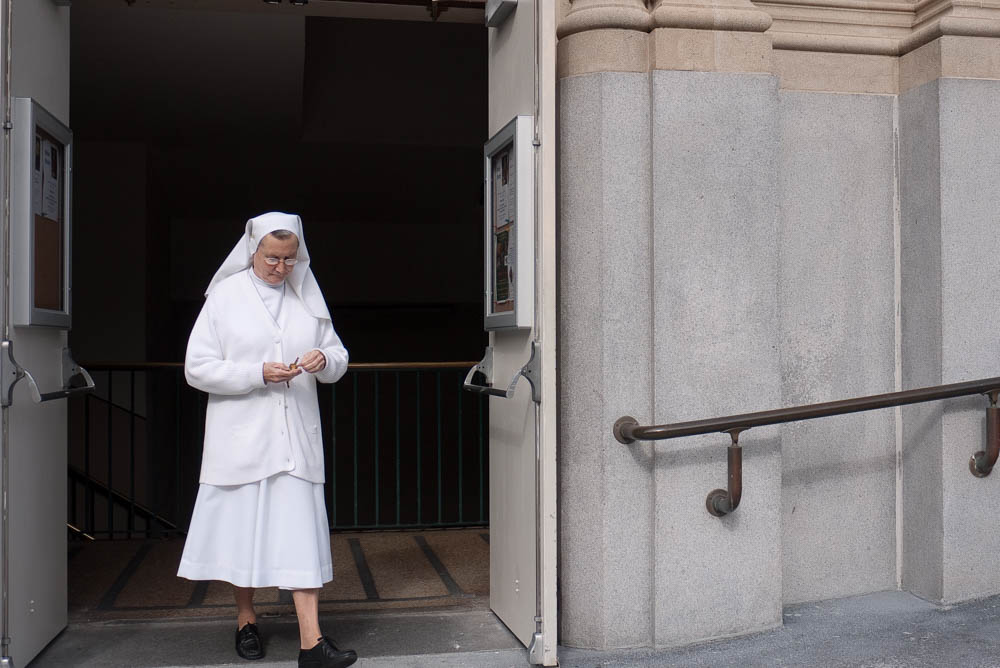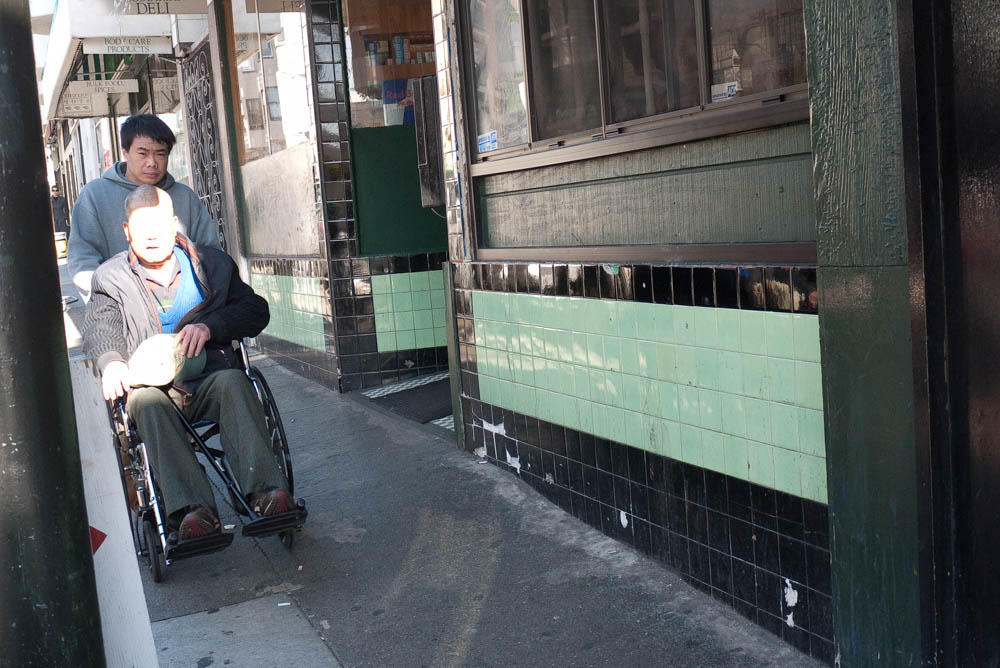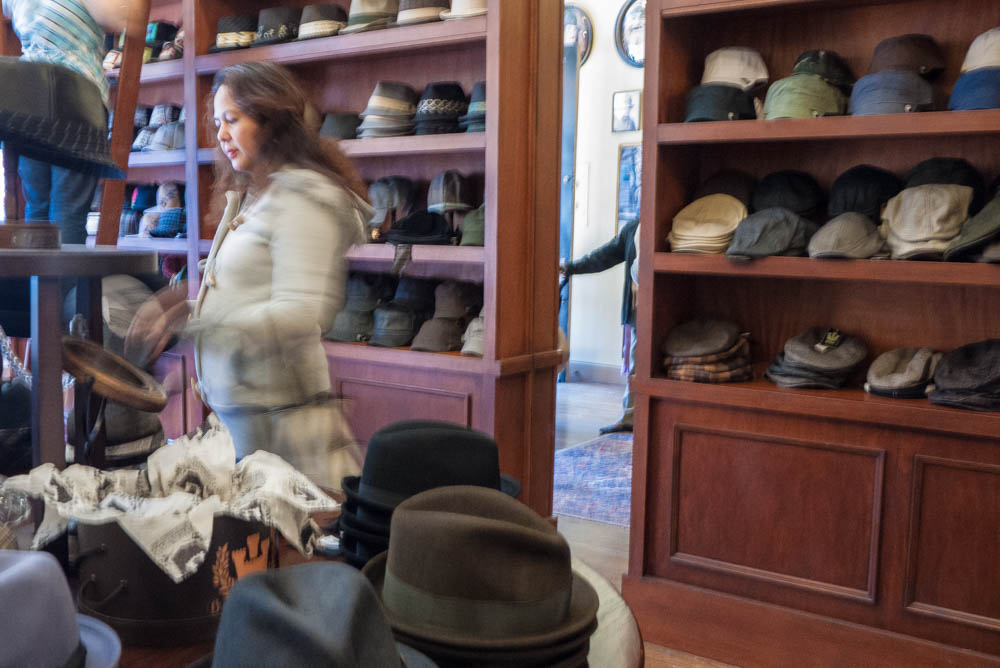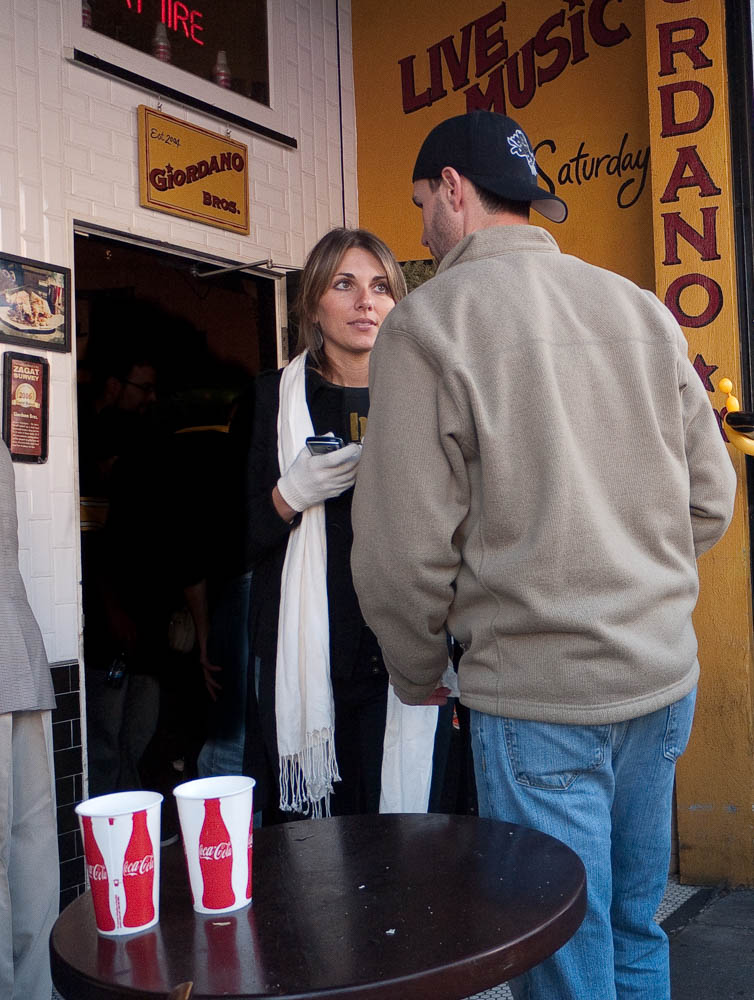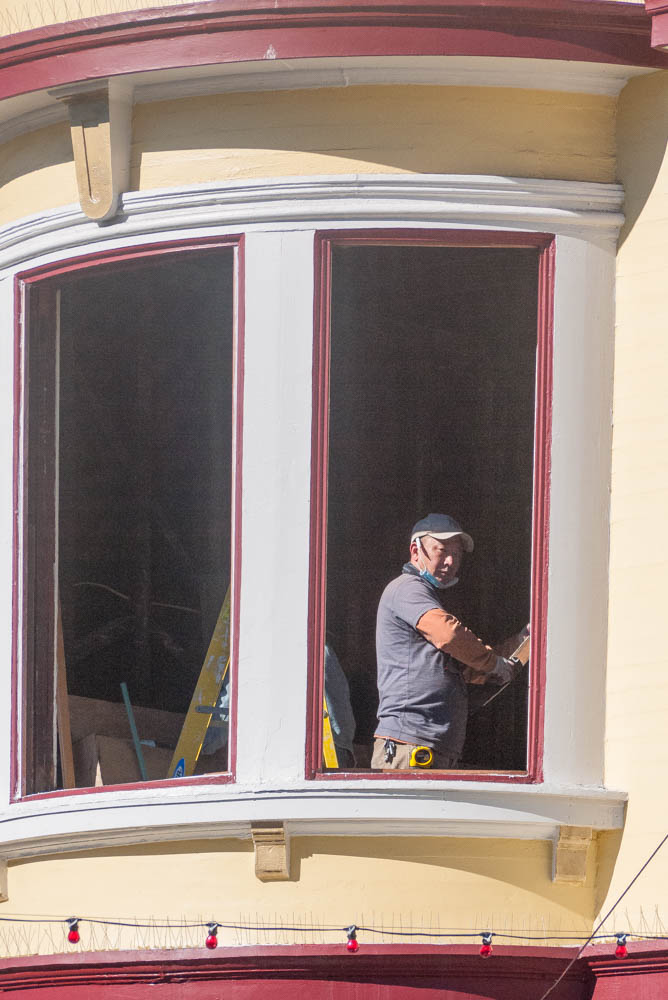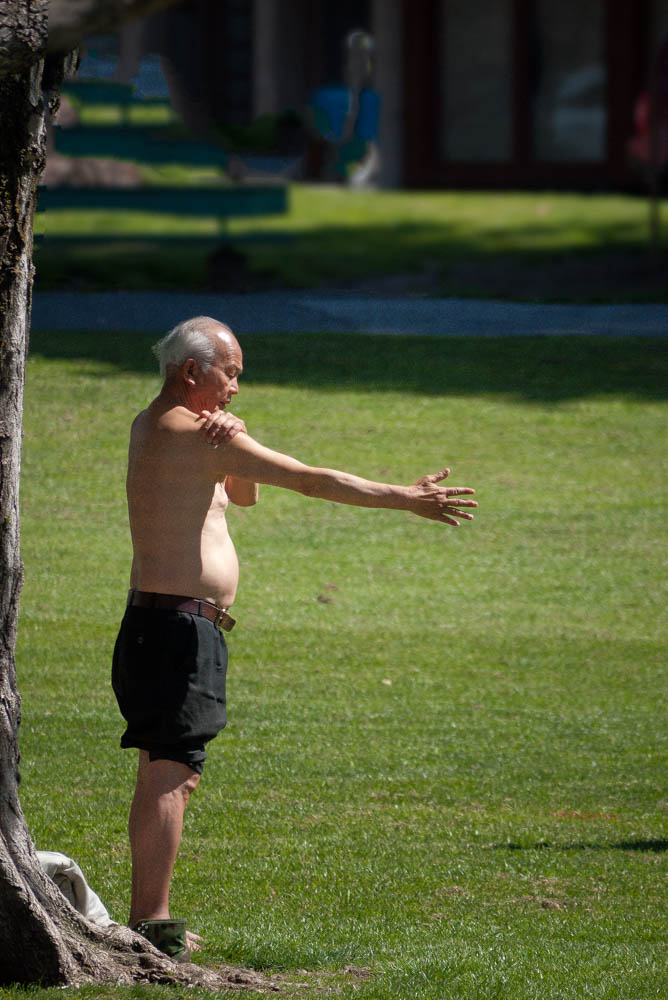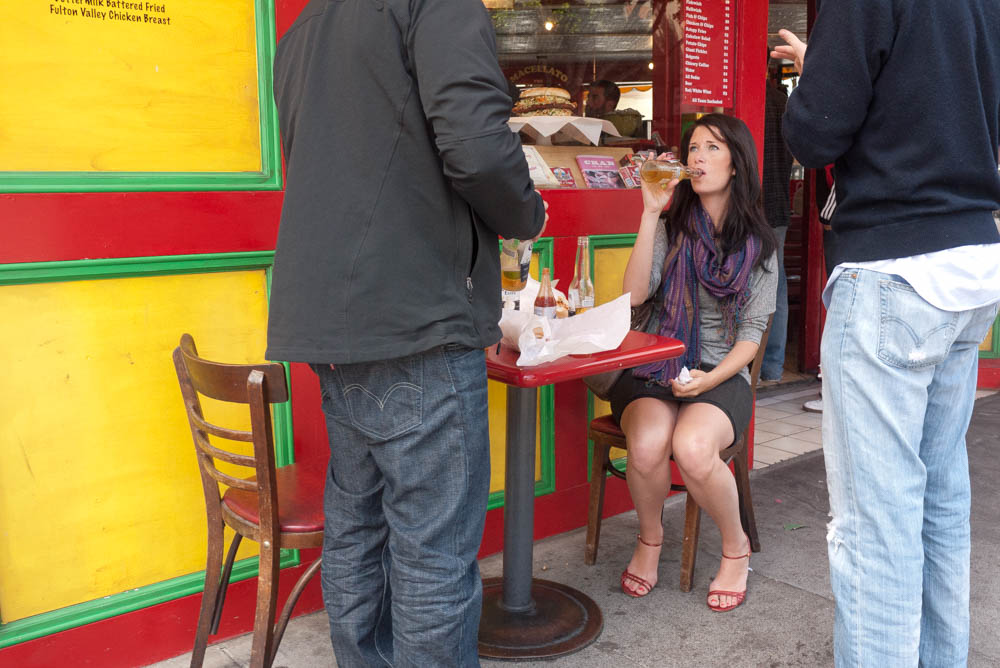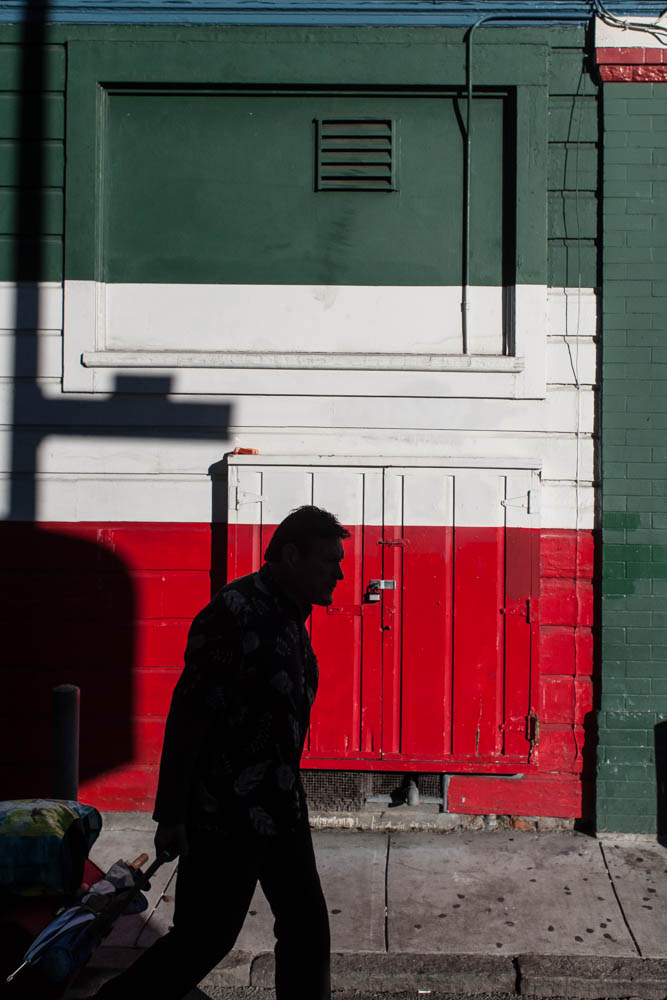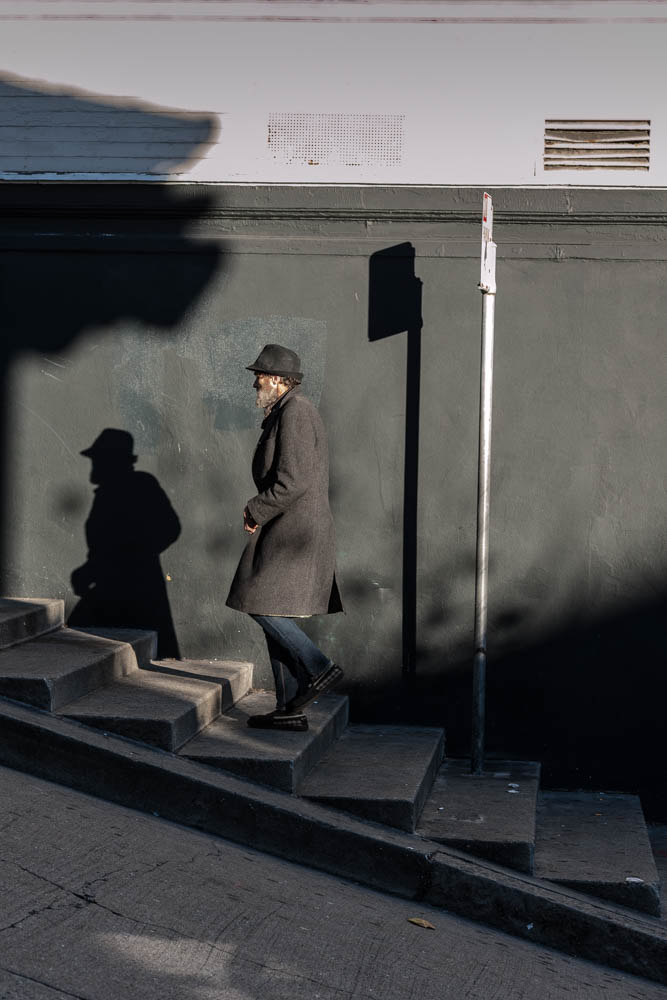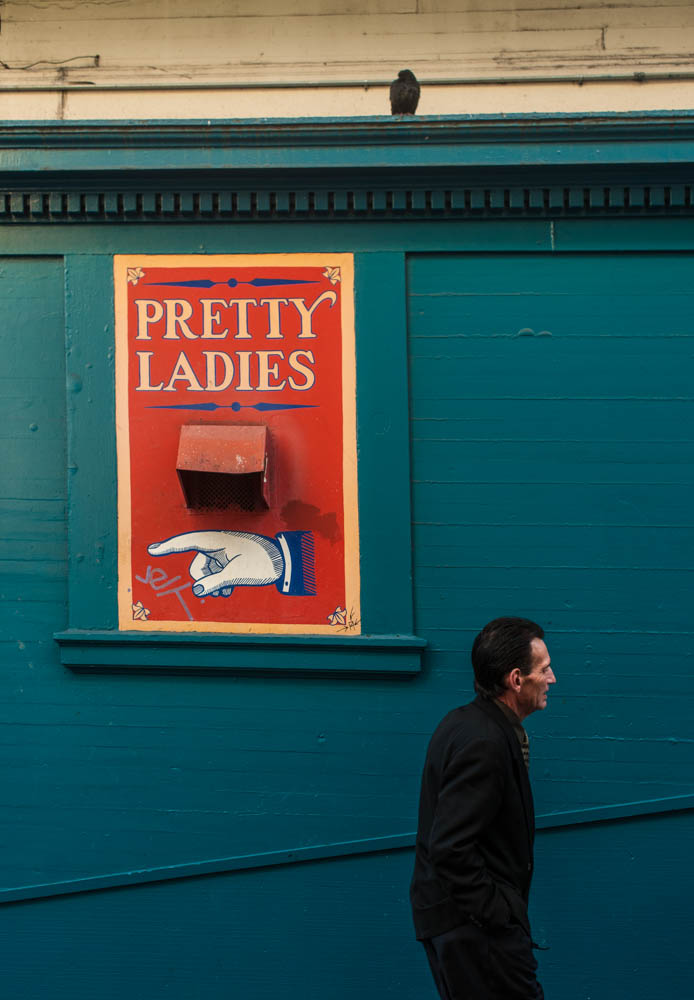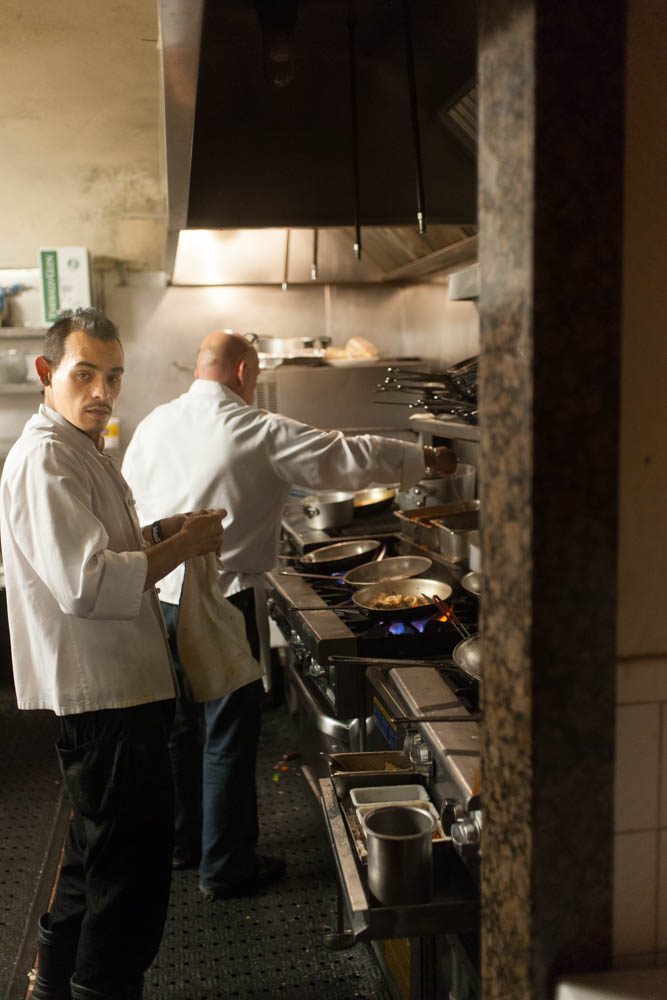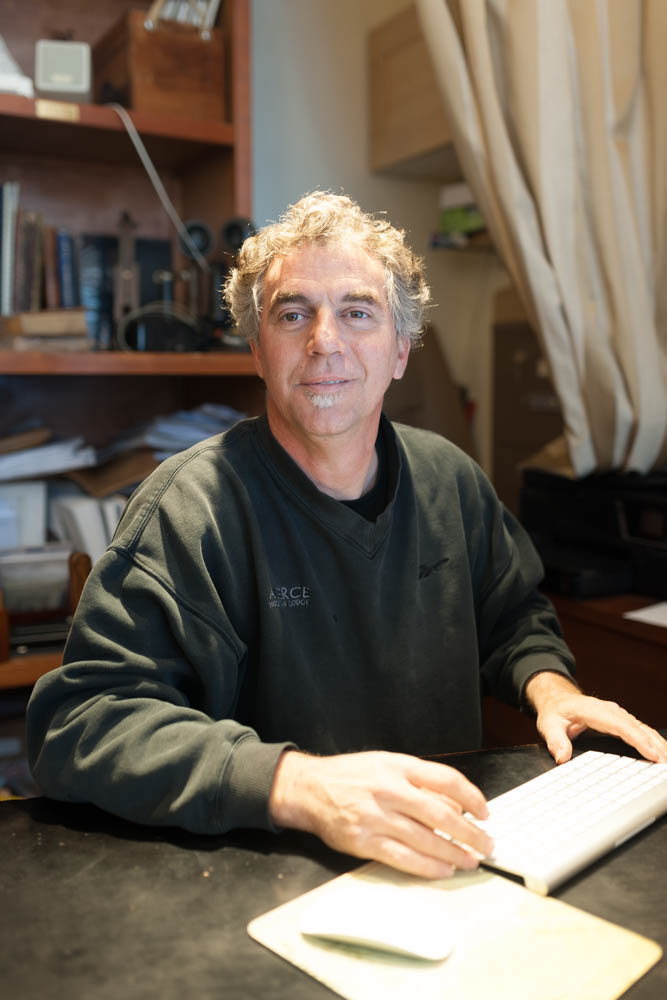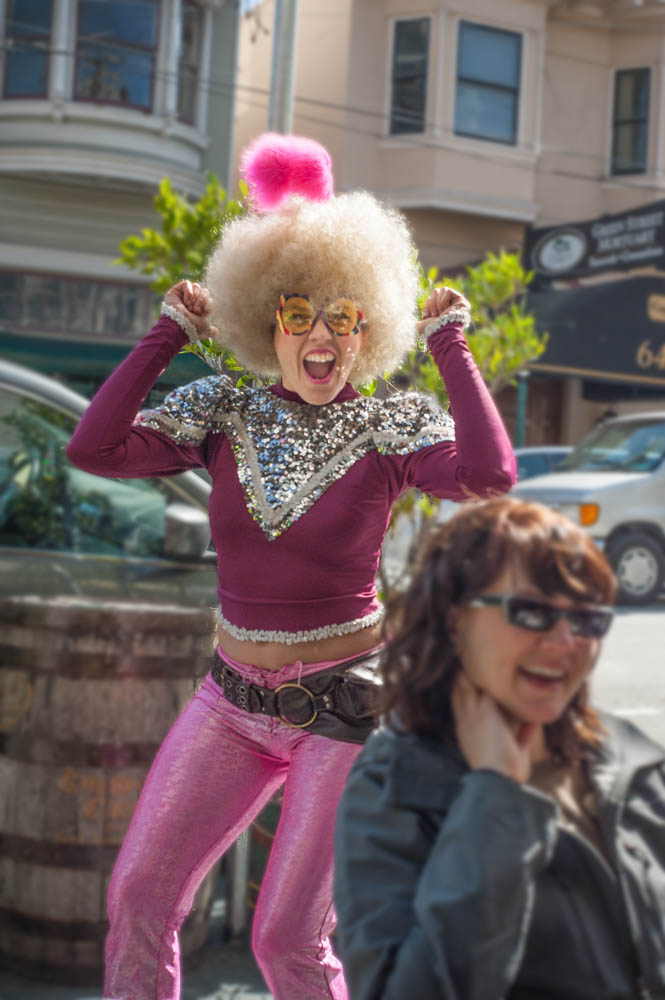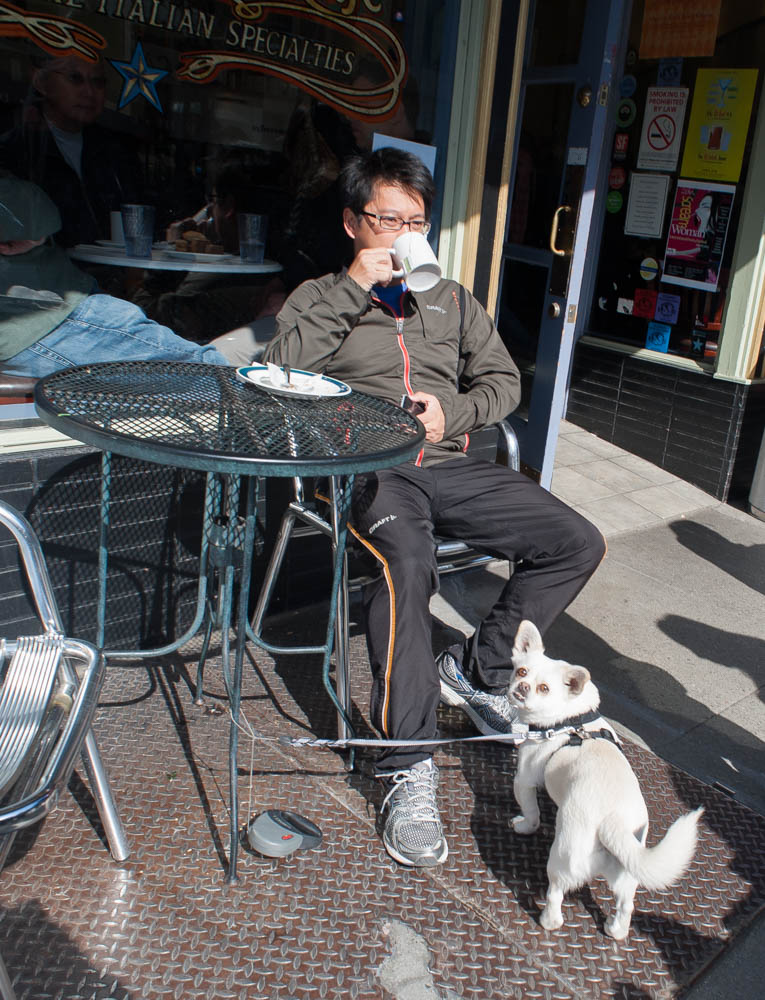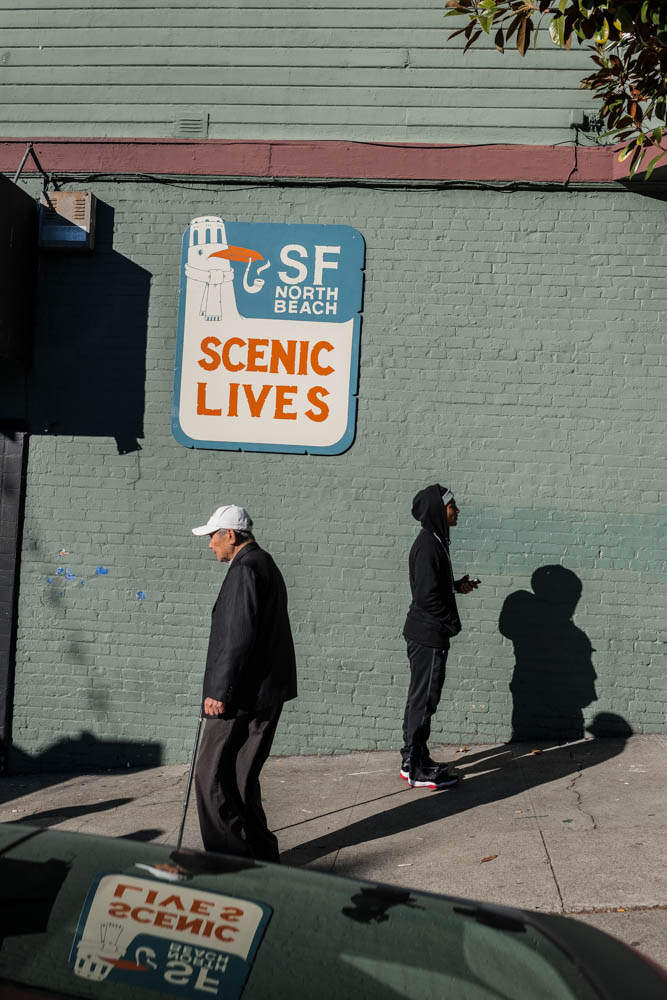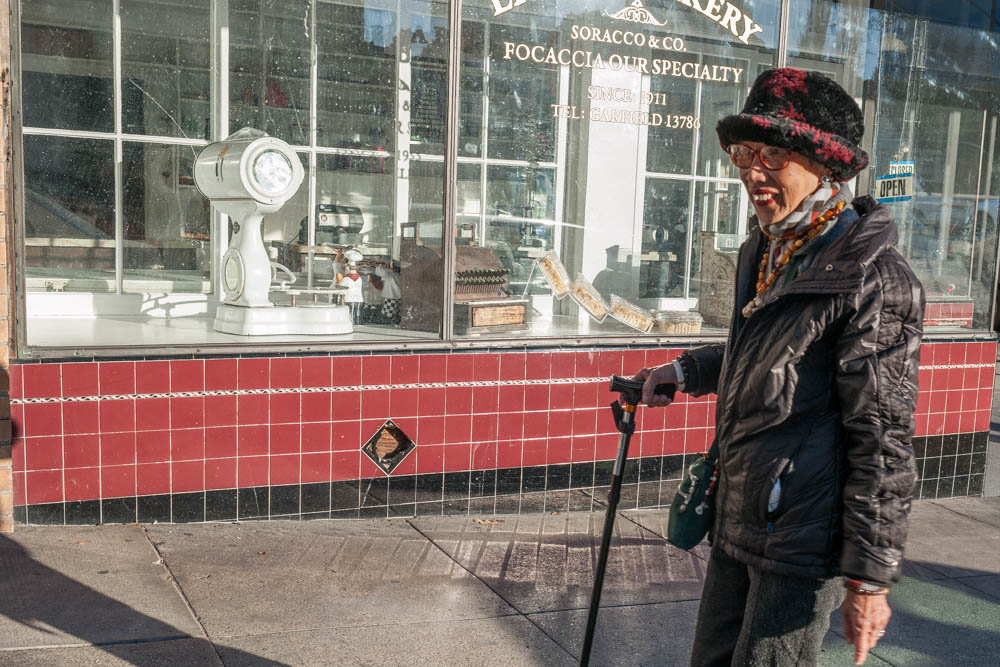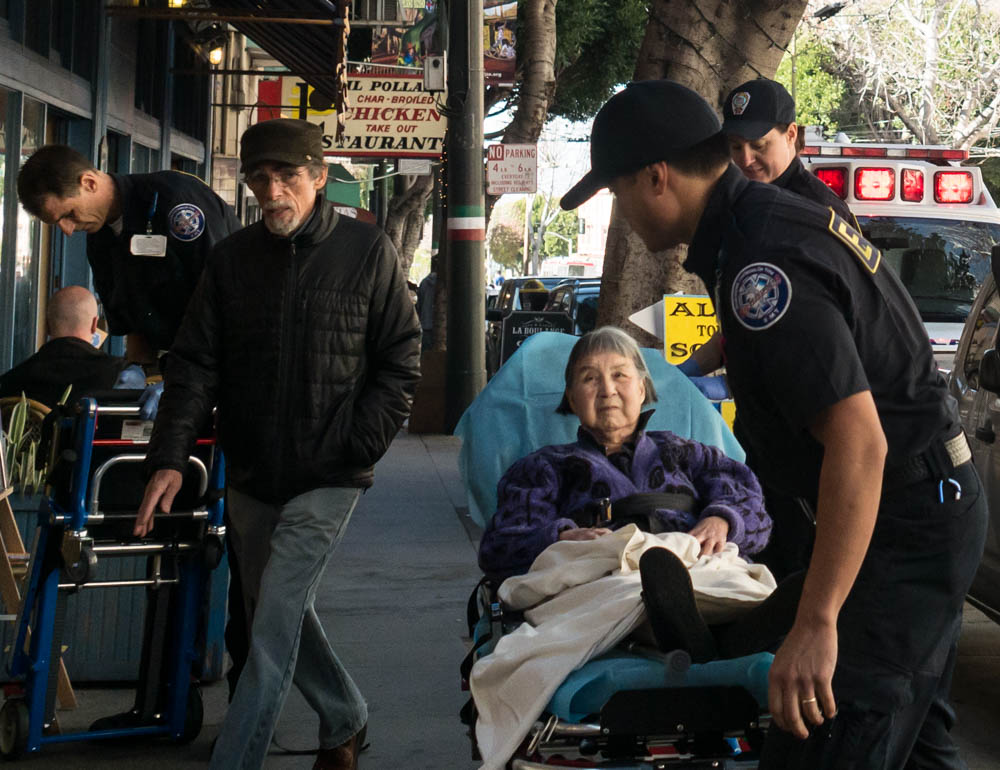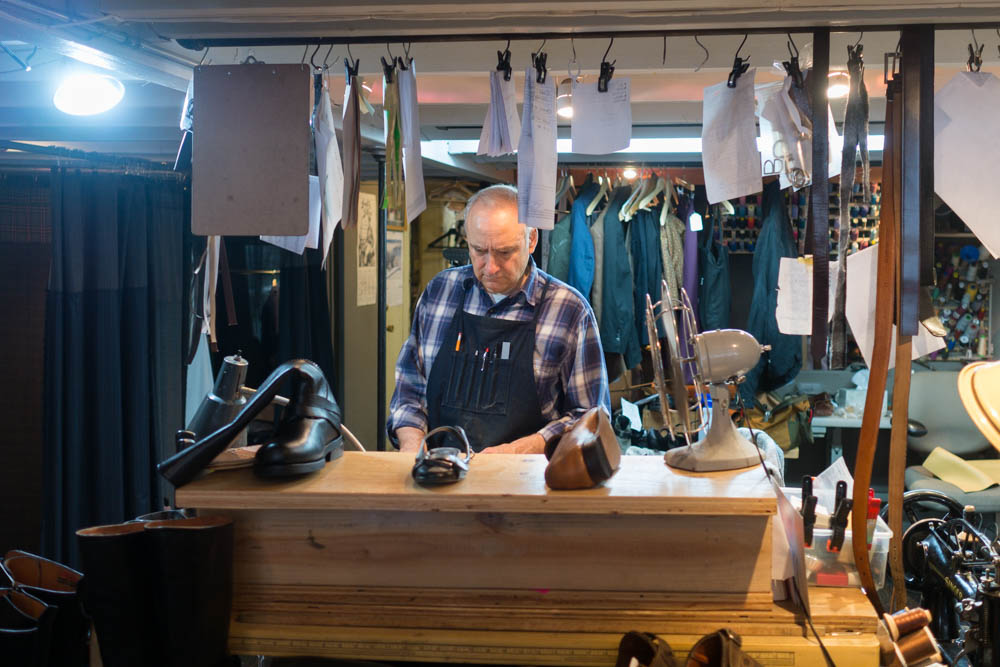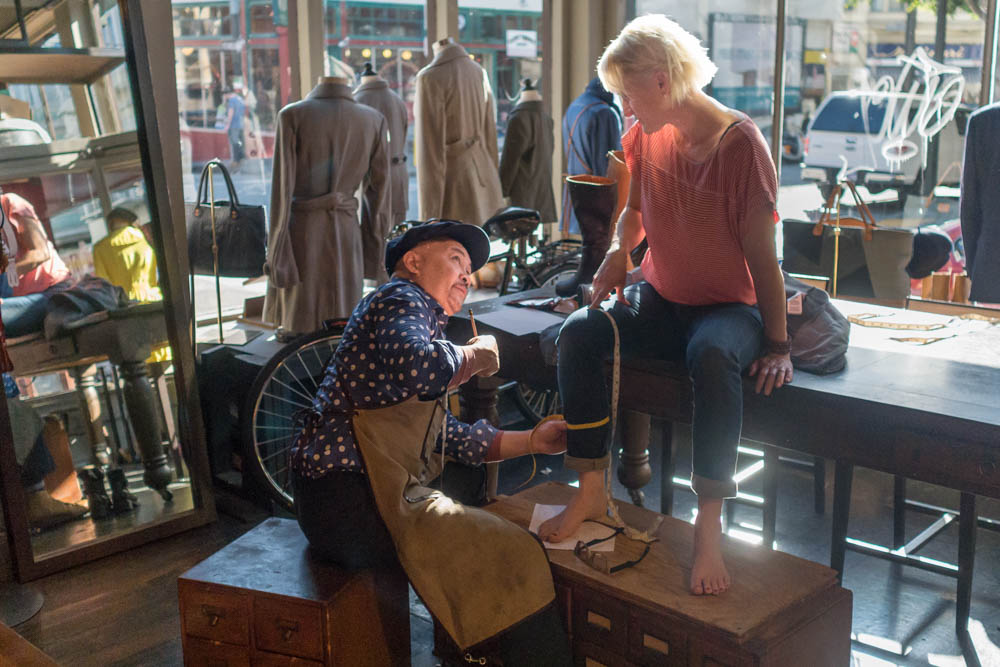The French Connection.
This post contains spoilers regarding the conclusion of the movie The French Connection II so if you have not seen the movie and it’s on your list, quit now.
The original The French Connection was released in 1971 and was directed by William Friedkin. Famous for its car chase under the elevated subway, it’s a far lighter movie than its 1975 successor, directed by John Frankenheimer. Both movies address the smuggling of heroin through the French port of Marseille and the sequel has some truly horrifying footage of a heroin addicted Gene Hackman nearly dying from his captors’ ministrations.
Suffice it to say that the last ten seconds of the second movie are some of the most dramatic on film, culminating in the death of the drug kingpin Alain Charnier, splendidly acted in both movies by the distinguished Spanish actor Fernando Rey.
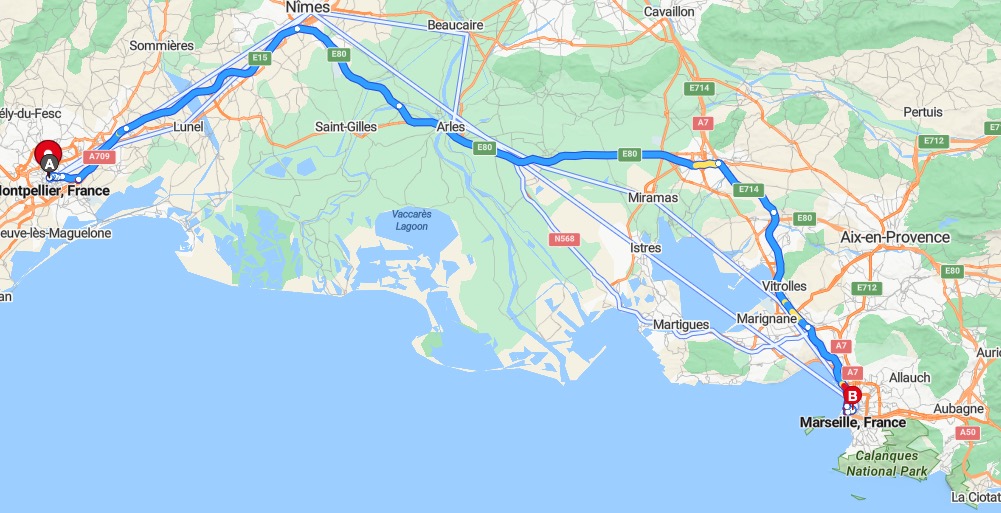
Montpellier to Marseille.
My son Winston spent an extended sojourn in France during the first half of the year, extending his French studies with a tour of Europe, centered in the beautiful ancient town of Montpellier, some 70 miles west of Marseille on the Mediterranean Sea, and he came up with the idea of finding the exact location from which Hackman fires the deadly shots at the evil Charnier. He did this using his memory of the documentary style ending, no GPS involved, but his image of the shooter’s location comes with GPS data courtesy of the iPhone he used. This is from the shooter’s viewpoint, though Charnier’s luxury yacht is missing:
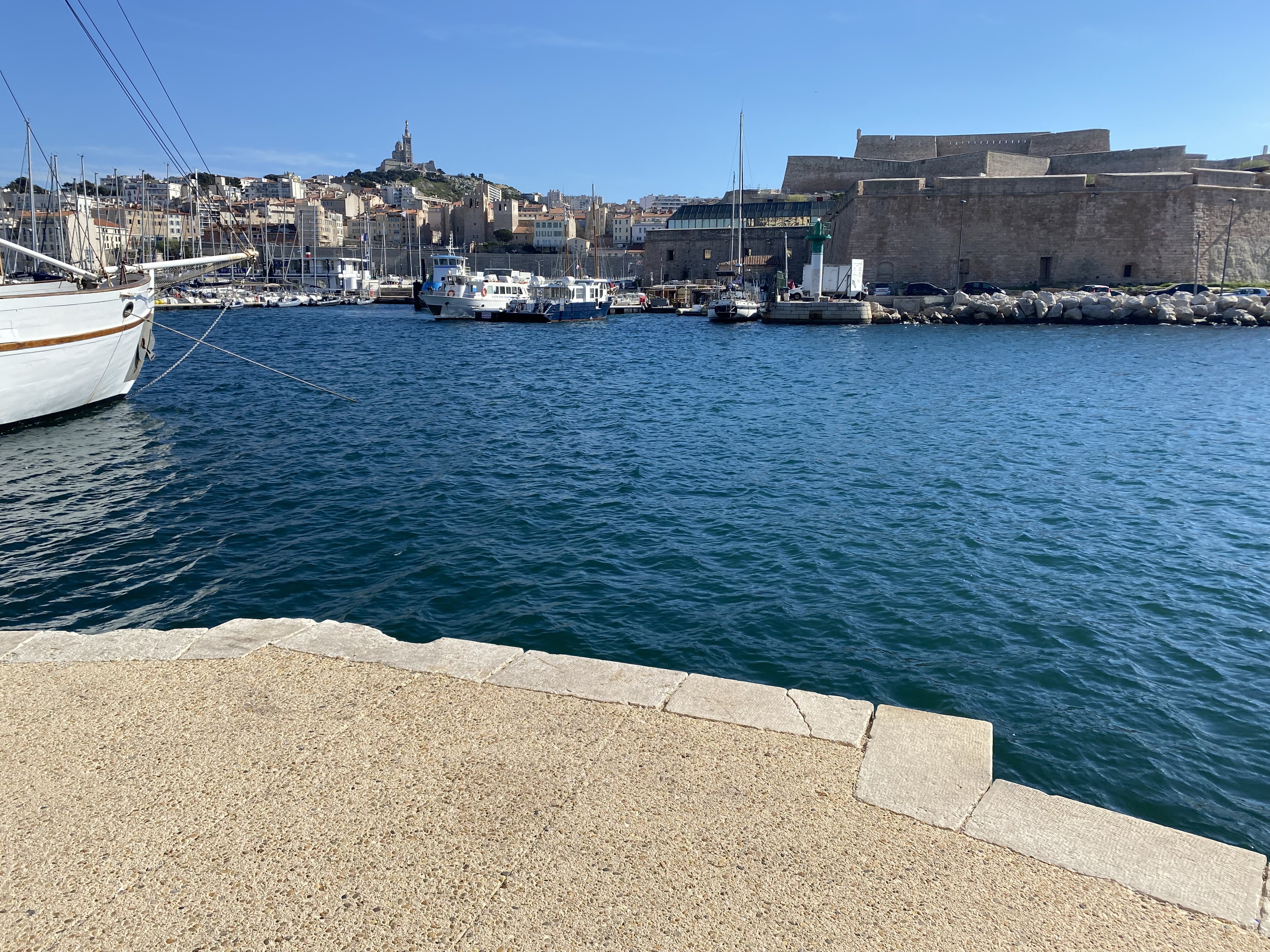
Winston’s image of Charnier’s location.
And here are the exact coordinates:
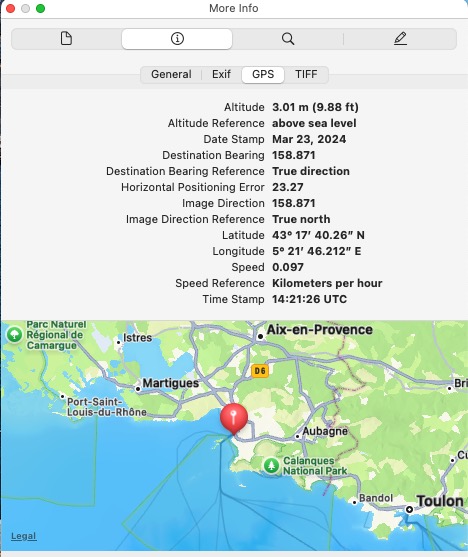
The site of the climactic closing seconds of the movie.
Tremendous fun and encomiums to Winston for his diligent tracing of a great movie location.
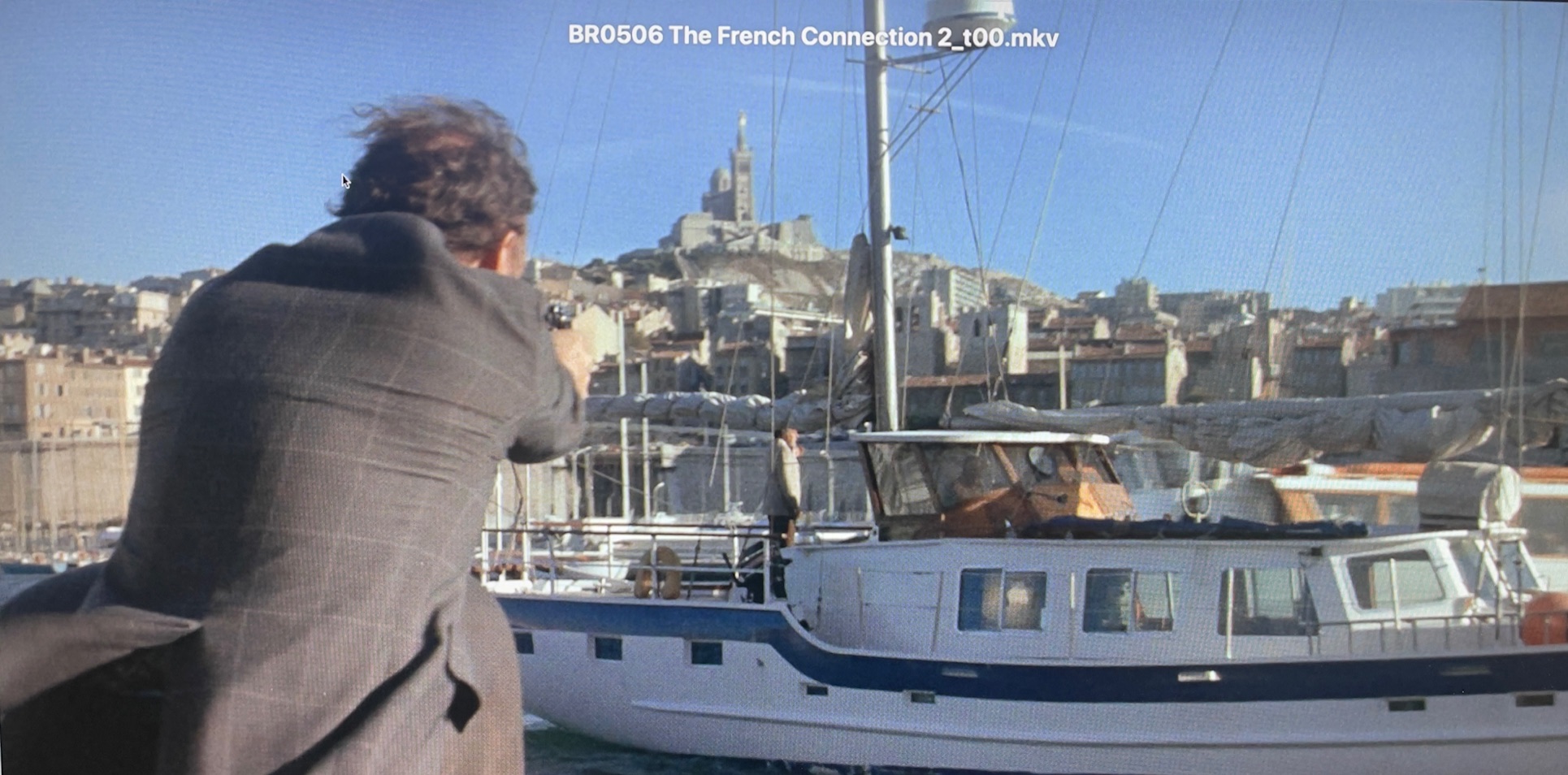
Hackman, as ‘Popeye Doyle’, fires the killing shots.
